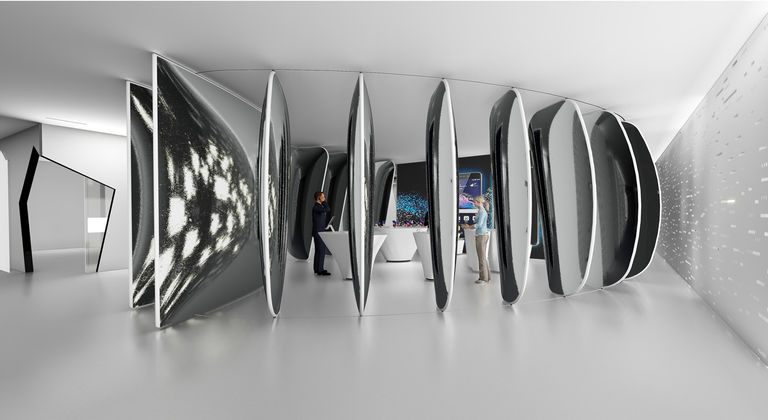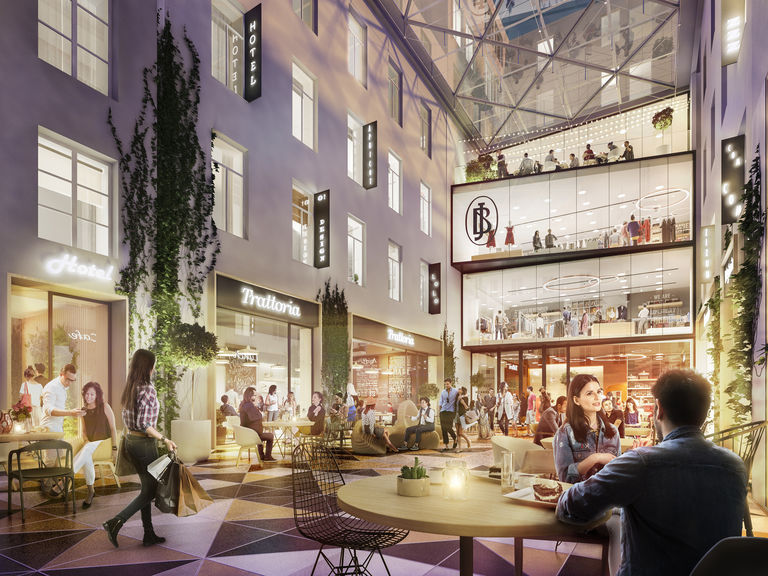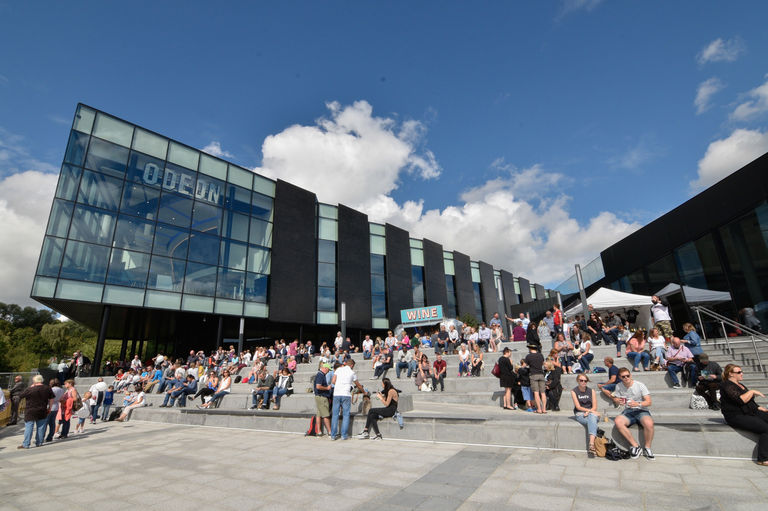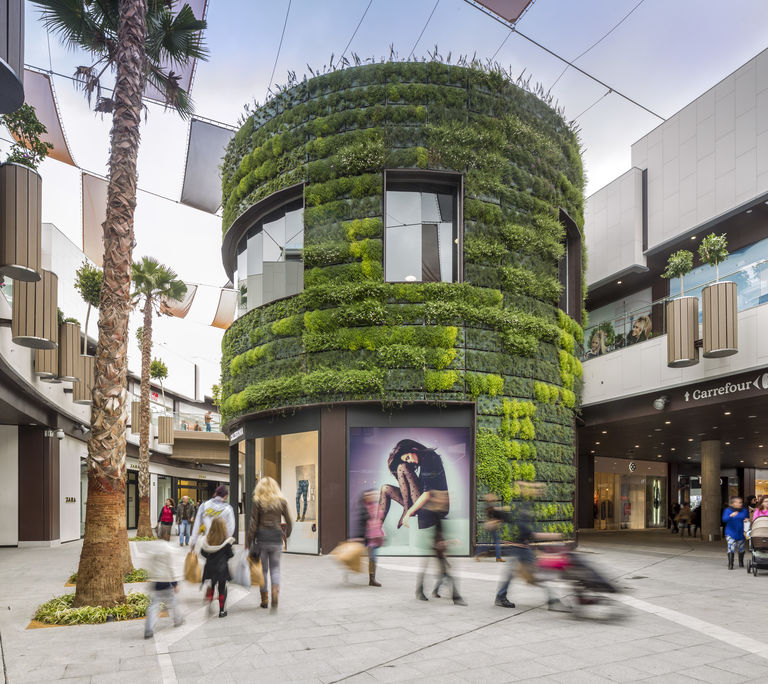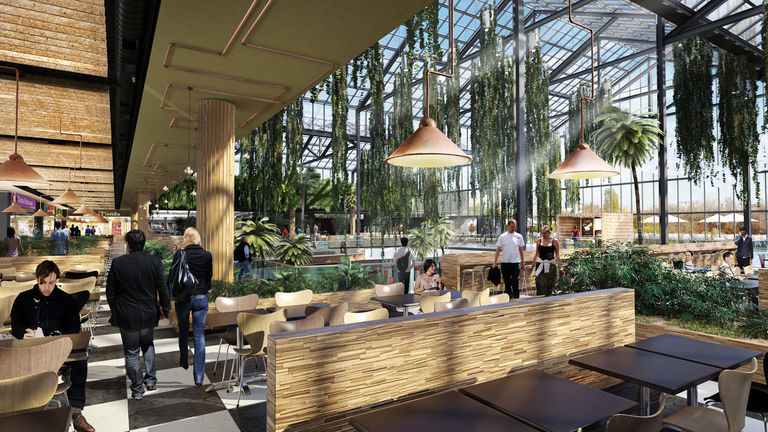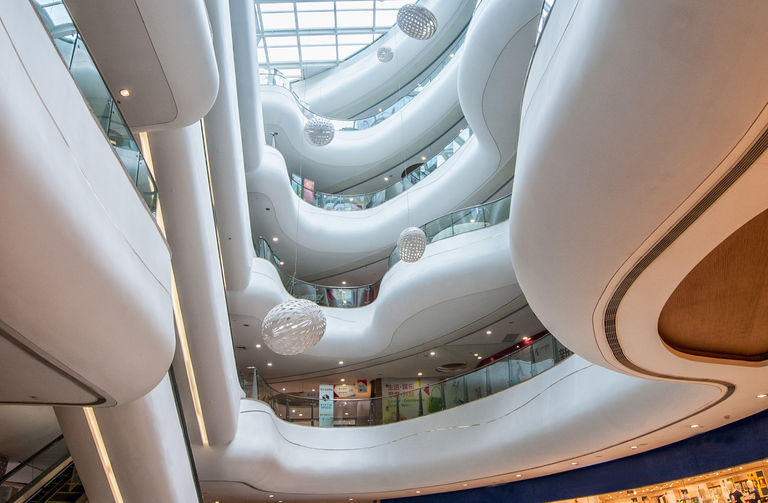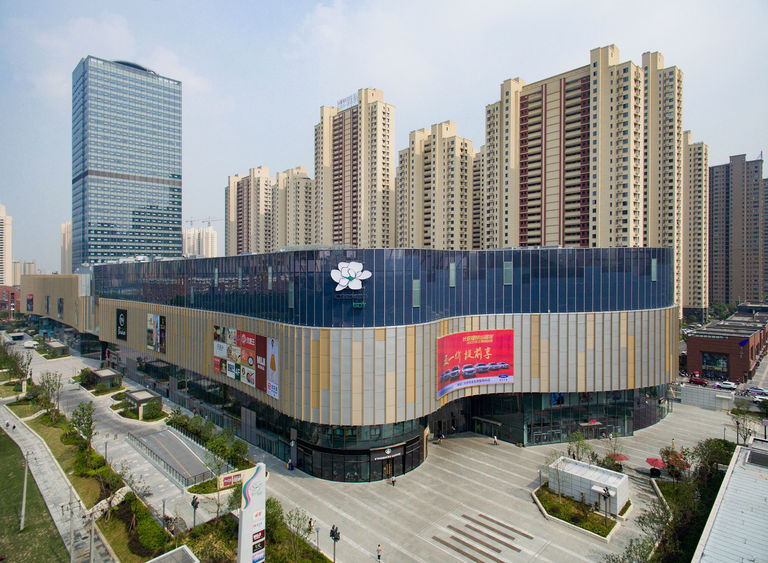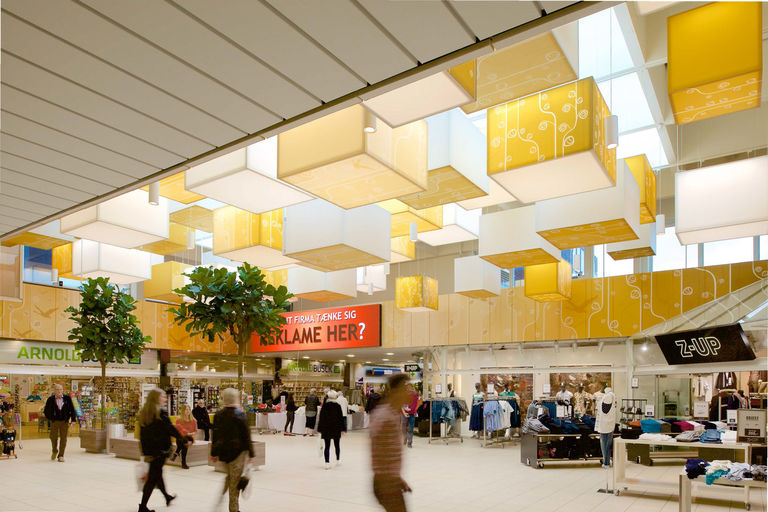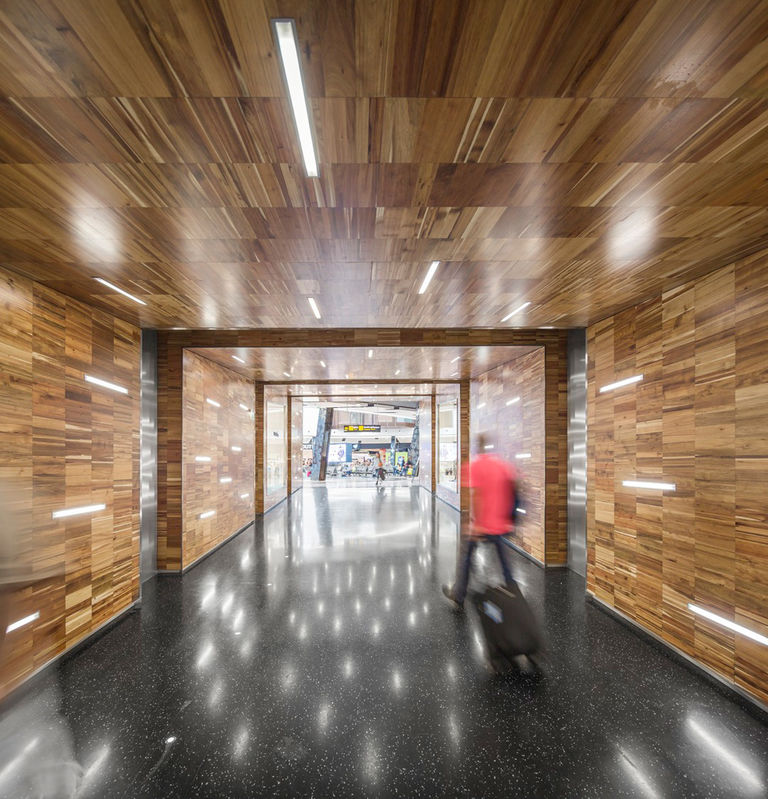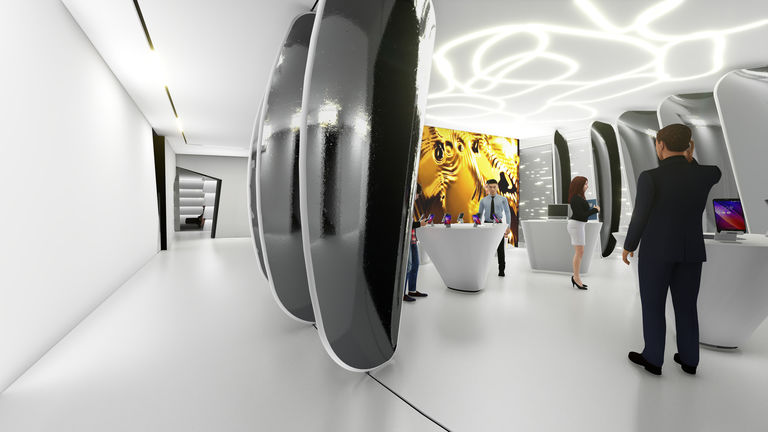After home and work, retail has now become the ‘third place’, the anchor of community life and creative interaction.
Whatever the format, the leisure offer is absolutely key to a centre’s success as the line between shopping and socialising becomes increasingly blurred.
As well as demanding a diverse and high quality range of shops, customers want an element of escapism and ultimately, entertainment for all the family with everything from child learning zones to casinos.
Public spaces for live performances, exhibitions, festivals, markets and live sports are becoming important features and larger centres are becoming leisure destinations in their own right with additions as diverse as theme parks, museums and theatres to ice rinks, skate parks and climbing walls.
